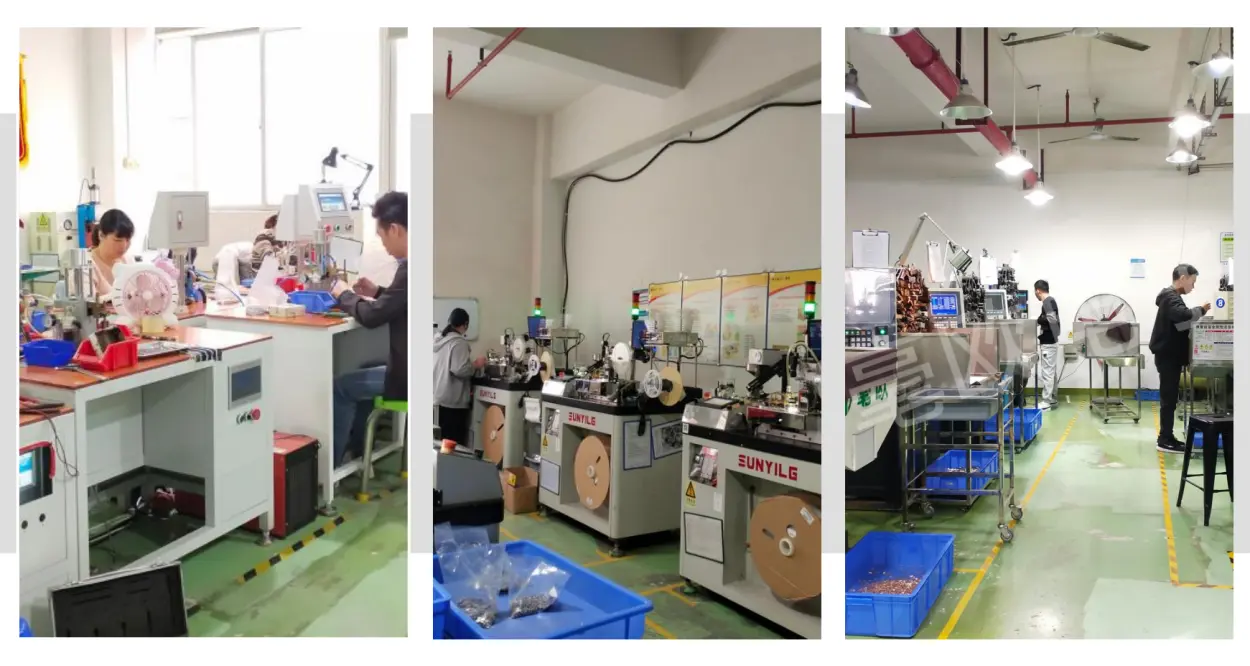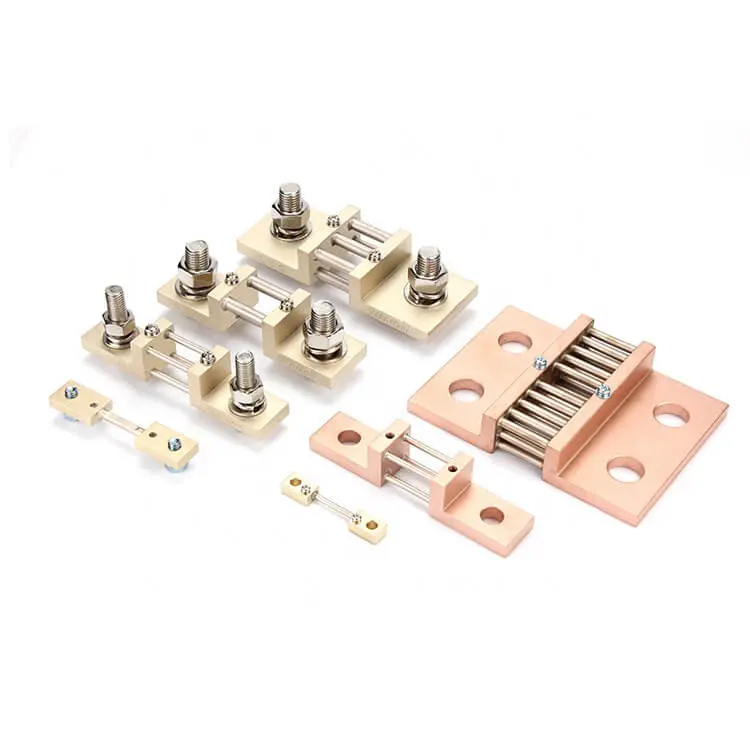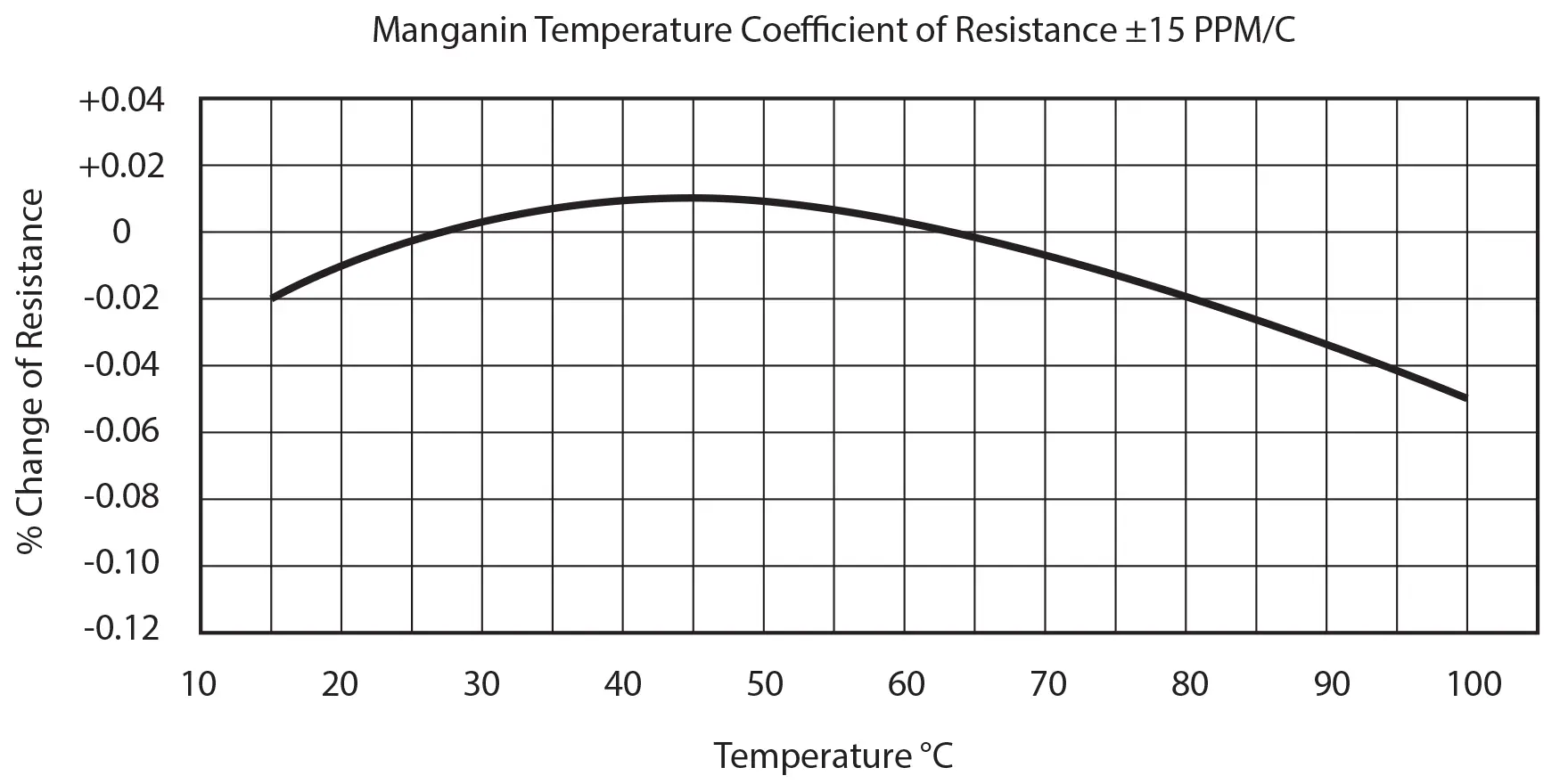DC shunts are vital components in the electrical systems of electric vehicles (EVs). These devices help to monitor and measure the electrical current, a critical task for maintaining battery health, ensuring energy efficiency, and optimizing overall vehicle performance. In this article, we will explore why DC shunts are indispensable for EVs and how they contribute to the reliable operation of electric vehicles. From battery management to real-time current measurement, we’ll cover everything you need to know about these unsung heroes of the EV world. So, let’s dive in!
What Are DC Shunts and Why Are They Important for Electric Vehicles?
DC shunts are simple but crucial devices used to measure electrical current in a circuit. They operate by providing a known, low resistance path for current to flow through. When current passes through the shunt, a voltage drop occurs, and this voltage drop is measured to calculate the amount of current. But here’s the kicker—DC shunts are ideal for electric vehicles because they allow for continuous, accurate monitoring of current in the vehicle’s battery system and other electrical components.

DC shunts play a significant role in EVs by helping to monitor the flow of current in and out of the battery. This ensures the battery is charged and discharged properly, preventing damage from overcharging or excessive discharging. Moreover, they assist in maintaining the overall efficiency of the vehicle’s energy system.
They also play a role in maintaining the safety of the system. By monitoring the current, DC shunts help identify any abnormalities in the electrical flow that could indicate a problem such as a short circuit or an overload, preventing costly repairs or dangerous situations down the line.
| Feature | 說明 | 效益 |
|---|---|---|
| Current Monitoring | Measures electrical current flowing through circuits | Prevents overcharging or undercharging of battery |
| 效率 | Ensures accurate readings for energy optimization | Enhances energy management and driving range |
| 安全性 | Monitors for overcurrent conditions | Prevents damage to electrical components |
How Do DC Shunts Work in Electric Vehicles?
How exactly do DC shunts work in electric vehicles? Well, it all boils down to their basic principle: Ohm’s Law. DC shunts use a known resistance to generate a small voltage drop, which is directly proportional to the current flowing through the circuit. This voltage drop is then measured and used to calculate the amount of current passing through the shunt. Ready for the good part? This precise measurement allows the vehicle’s battery management system (BMS) to track the charge and discharge cycles, ensuring optimal battery health.
The DC shunt works in close conjunction with the BMS, which is responsible for managing battery functions such as charging, discharging, and balancing cell voltages. The shunt provides real-time current measurements, allowing the BMS to make timely adjustments to the battery’s charging rate or cut off the charge when necessary.
Additionally, the data gathered from the DC shunt helps optimize the vehicle’s overall energy efficiency by tracking the flow of energy throughout the entire electrical system. The result? Improved battery life, optimized energy usage, and an overall better driving experience for EV owners.
| Process | 說明 | Role in EVs |
|---|---|---|
| Voltage Drop | The shunt creates a small voltage drop based on current flow | Measures current accurately |
| BMS Integration | Works with BMS to ensure proper charging and discharging cycles | Protects battery from overcharge and excessive discharge |
| Energy Efficiency | Tracks energy flow and optimizes vehicle performance | Enhances overall vehicle efficiency and driving range |
What Role Do DC Shunts Play in Battery Management Systems for EVs?
Battery management systems (BMS) are the heart of any electric vehicle’s energy management. DC shunts contribute significantly to the BMS by providing critical data regarding the current passing through the battery. What’s the real story here? Without accurate current measurements from DC shunts, the BMS would be unable to make the necessary adjustments to the charging or discharging process, potentially leading to battery damage or reduced lifespan.
DC shunts allow the BMS to track the real-time charge and discharge cycles of the battery. This information is crucial for maintaining the health of the battery, ensuring it operates within safe parameters. Without this data, the BMS might overcharge or over-discharge the battery, leading to permanent damage.
Moreover, DC shunts contribute to the balancing of individual cells within the battery pack. The BMS uses current data to equalize the charge between cells, ensuring they all operate at the same voltage level, which is essential for maximizing battery performance and longevity.
| Role | 說明 | Impact on Battery Health |
|---|---|---|
| Real-time Monitoring | Continuously tracks battery charge and discharge rates | Ensures proper charging cycles |
| Overcharge Protection | Prevents overcharging by cutting off charge when necessary | Prolongs battery life |
| Cell Balancing | Helps balance charge levels across individual cells | Optimizes battery performance |
Why Are Accurate Measurements from DC Shunts Critical for EVs?
Accurate measurements are everything when it comes to the electrical systems of electric vehicles. A small error in current measurement can lead to significant consequences, including reduced battery life, energy waste, or even system failure. This is where DC shunts shine—providing precise, real-time current measurements that allow the vehicle’s electrical system to function at its best.
The importance of accuracy cannot be overstated. Accurate measurements ensure that the BMS can make timely decisions regarding battery charging and discharging, energy distribution, and overall system performance. Without proper data from DC shunts, the BMS might operate on inaccurate information, leading to inefficient energy usage, safety risks, or damage to the vehicle’s battery.

Ready for the good part? This precision also plays a role in maximizing the vehicle’s range by ensuring that the energy stored in the battery is used efficiently and effectively. The better the system can manage the energy flow, the farther the vehicle can travel on a single charge.
| Feature | 說明 | Importance |
|---|---|---|
| Accuracy | Provides real-time current measurements for the BMS | Ensures optimal battery charging and discharging |
| 效率 | Ensures energy is distributed efficiently throughout the system | Maximizes the EV’s range |
| 安全性 | Monitors for overcurrent conditions to prevent damage | Protects the electrical system from overloads |
What Are the Benefits of Using DC Shunts in Electric Vehicles?
There are numerous benefits to using DC shunts in electric vehicles. For starters, DC shunts are a cost-effective solution for monitoring current. They are simple to integrate into existing systems, making them an attractive option for manufacturers looking to optimize their vehicles’ electrical systems without incurring high costs.
But here’s the kicker—DC shunts help enhance the overall safety and performance of the vehicle. By providing real-time data on the current flowing through the vehicle’s electrical system, they allow for timely interventions in case of any irregularities. This can prevent damage to critical components, reduce the risk of fire or overloads, and extend the life of the vehicle’s battery.
Moreover, the precision of DC shunts ensures that the vehicle’s energy system runs efficiently, resulting in better driving performance, higher energy savings, and a longer-lasting battery. These advantages make DC shunts a must-have for any electric vehicle looking to optimize energy usage and improve reliability.
| 效益 | 說明 | Key Takeaway |
|---|---|---|
| Cost-Effective | Provides a low-cost solution for current measurement | Keeps production costs low |
| 安全性 | Prevents damage to the electrical system by detecting faults early | Improves vehicle safety |
| Performance | Optimizes energy flow, enhancing battery life and range | Boosts EV efficiency |
How Do DC Shunts Contribute to Energy Efficiency in Electric Vehicles?
Energy efficiency is a key concern for electric vehicles, as maximizing battery life and extending range are top priorities for both manufacturers and consumers. DC shunts help achieve these goals by providing accurate current measurements that allow the vehicle’s energy management system to optimize how the battery is charged and discharged.
This is where it gets interesting—DC shunts help monitor the flow of energy during both charging and discharging cycles. By ensuring that the battery is charged efficiently and not overcharged, the shunt helps maximize the vehicle’s energy usage and extends the battery’s lifespan.
Moreover, DC shunts assist in tracking energy usage during the driving process, ensuring that energy is distributed efficiently to the motor and other systems. This optimization helps reduce energy waste and can significantly increase the driving range of the vehicle.
| Role | 說明 | Impact on Efficiency |
|---|---|---|
| Charging Efficiency | Ensures the battery is charged to optimal levels without overcharging | Prolongs battery life and range |
| Discharge Monitoring | Tracks energy usage to ensure efficient power delivery | Reduces energy waste |
| Real-time Monitoring | Provides live data for the energy management system | Maximizes overall vehicle performance |
What Are the Different Types of DC Shunts Used in Electric Vehicles?
Not all DC shunts are created equal. There are different types of shunts available, each designed for specific applications in electric vehicles. The primary types include low-value shunts, high-value shunts, and precision shunts.
Low-value shunts are typically used to measure high currents, while high-value shunts are used for measuring lower currents in specific areas of the vehicle. Precision shunts, on the other hand, are used where extremely accurate measurements are needed, such as in battery management systems.
Choosing the right type of shunt is critical for ensuring the system operates correctly. For example, low-value shunts may be ideal for monitoring high current flows during fast charging, while precision shunts are better suited for real-time battery management where every milliamperage counts.
| Shunt Type | Application | Key Feature |
|---|---|---|
| Low-Value Shunts | High current applications | Suitable for fast charging |
| High-Value Shunts | Low current applications | Measures smaller currents |
| Precision Shunts | Battery management systems | Offers high accuracy |
What Are the Challenges in Using DC Shunts in Electric Vehicles?
Despite their many advantages, there are some challenges when using DC shunts in electric vehicles. One of the primary concerns is ensuring that the shunts remain accurate over time. As with any measurement device, shunts can experience drift, meaning they may lose their ability to measure current accurately after prolonged use.
What’s the real story? Environmental factors, such as temperature fluctuations, can also impact the performance of the shunts. In EVs, where temperature can vary widely, maintaining calibration is crucial to ensure the shunt continues to perform optimally.
Moreover, regular maintenance is required to ensure the shunt is properly integrated into the electrical system and continues to provide accurate readings.
| Challenge | 說明 | Solution |
|---|---|---|
| Calibration | Shunts can drift over time, affecting accuracy | Regular calibration is essential |
| Environmental Factors | Temperature fluctuations can impact performance | Ensure proper thermal management |
| Maintenance | Proper integration and maintenance are required | Conduct regular checks and adjustments |
常見問題部分
- Q1: What is a DC shunt?
A DC shunt is a device used to measure electrical current in a DC circuit by providing a known resistance and measuring the voltage drop. - Q2: How do DC shunts work in electric vehicles?
DC shunts measure the current passing through the EV’s electrical circuits, providing essential data for battery management and overall system efficiency. - Q3: Why are accurate measurements from DC shunts critical for EVs?
Accurate measurements from DC shunts ensure the proper functioning of the EV’s battery system, help prevent overcurrent conditions, and improve overall energy efficiency. - Q4: What are the benefits of using DC shunts in electric vehicles?
DC shunts provide cost-effective, reliable, and precise current measurement, contributing to the EV’s safety, battery health, and energy efficiency. - Q5: What are the challenges in using DC shunts in electric vehicles?
Challenges include the need for accurate calibration, environmental factors affecting shunt performance, and the importance of regular maintenance for optimal functioning.






